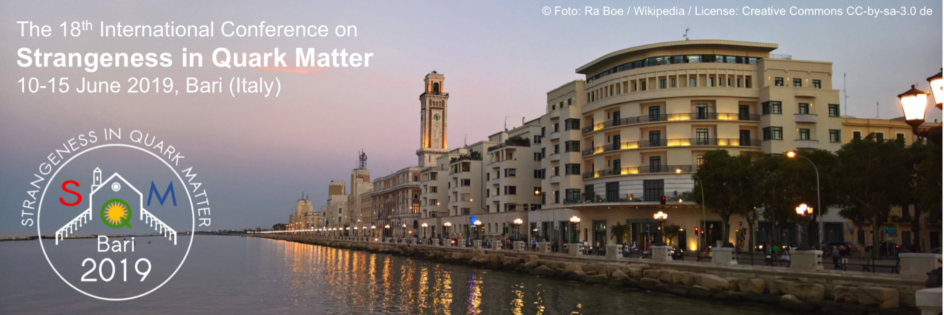Speaker
Description
The extreme energy densities reached in Pb-Pb collisions at the LHC lead to a significant production of baryon states. Among the thousands of particles produced, light (anti-)hypernuclei are of special interest: their wide wave function and extremely low binding energy make them sensitive to the conditions created in high energy collisions. The study of their production can shed light on the formation mechanism of such loosely bound states.
Moreover, in the current understanding of the hypernuclear physics landscape, a new precise measurement of the hypertriton lifetime is of utter importance to solve the hypertriton lifetime puzzle. The puzzle is due to the fact that the available measurements report values of the lifetime different from the free $\Lambda$ lifetime predicted by theory.
The ALICE collaboration has measured the hyper-triton production yield and lifetime in Pb-Pb collisions in the mesonic 2-body decay channel, and the possibility to perform the measurement in the mesonic 3-body decay channel is under study.
In this poster a new approach to the study of the hyper-triton via both mesonic decay channel, based on the Boosted Decision Tree classifier, is presented.
The use of a classifier trained on dedicated Monte Carlo data can significantly improve the capability to discriminate against signal and background leading to a better signal extraction.
The performance of this new analysis method are presented and compared with those of the standard invariant mass analysis.
| Track | Strangeness and Light Flavour |
|---|---|
| Collaboration name | ALICE Collaboration |
